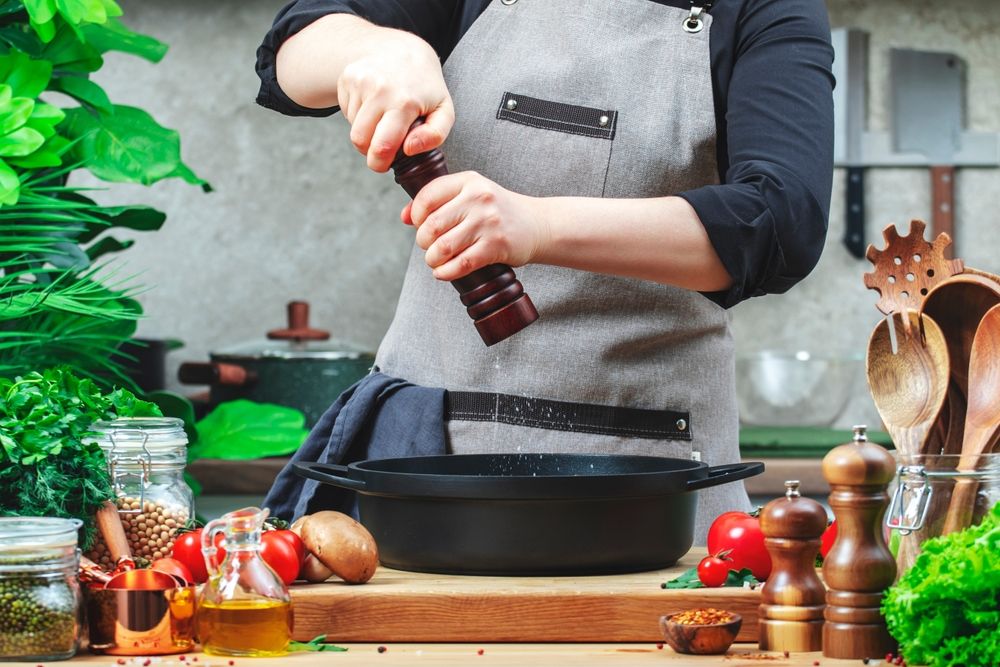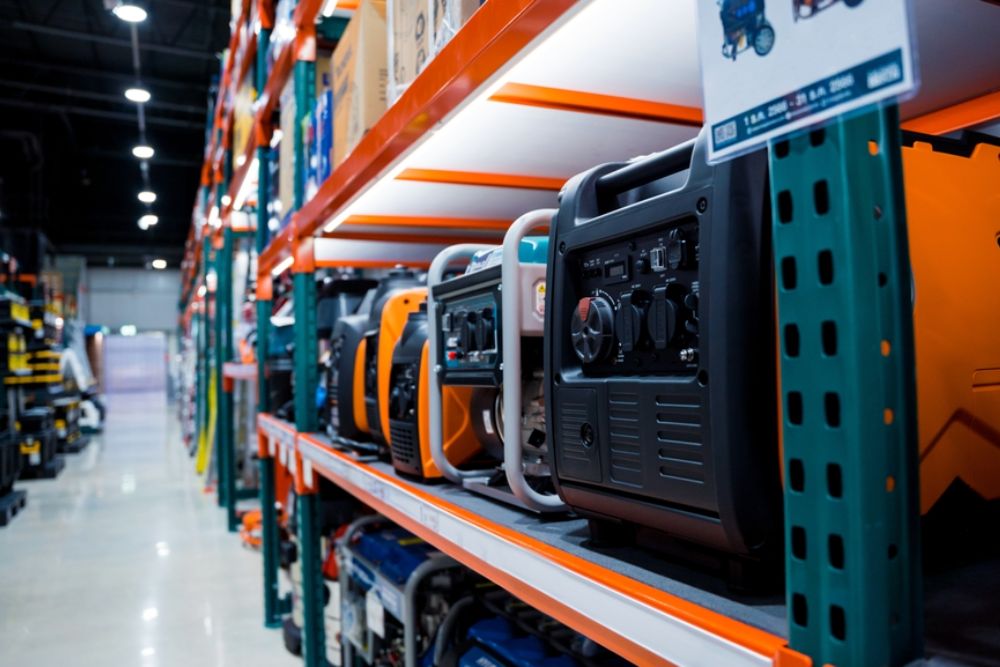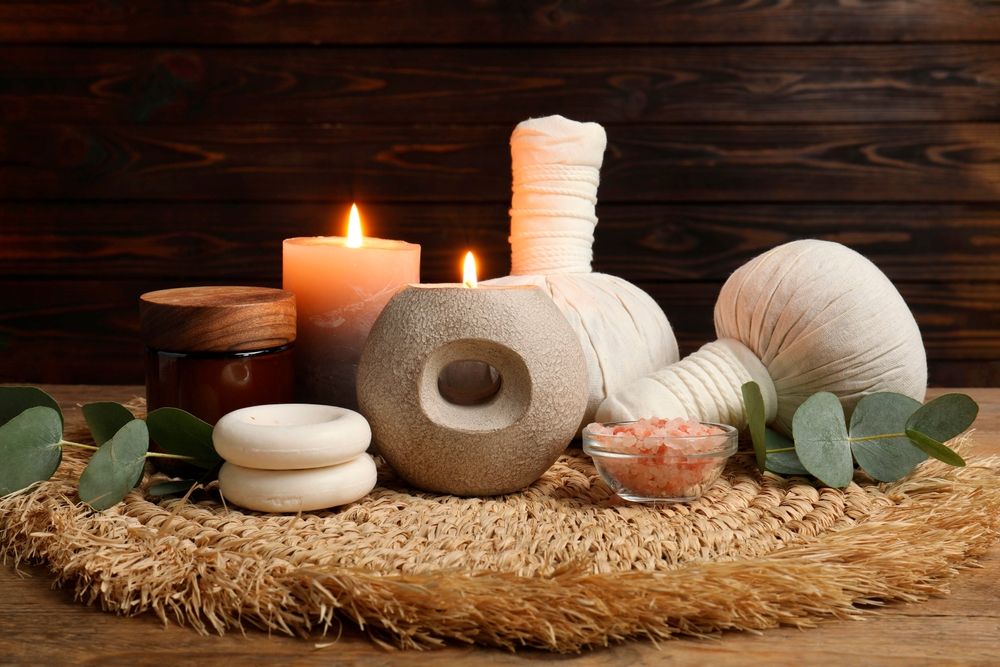Cooking at home is one of the best things you can do for your health — but the tools you use in the kitchen matter just as much as the ingredients you choose. The right cookware can help preserve nutrients, reduce the need for excess fats, and avoid exposure to harmful chemicals.
Not all pots and pans are created equal. Some materials can leach toxins into food, others wear down quickly, and many are designed with convenience rather than health in mind. Whether you're upgrading your kitchen or starting fresh, choosing cookware that supports your healthy lifestyle is a smart, long-term investment.
Here’s what you need to know to make safe, practical, and health-conscious choices when buying cookware.
1. Choose Non-Toxic Materials
The most important factor in healthy cookware is the material it’s made from. Some nonstick coatings and metals can degrade over time, leaching unwanted substances into your food — especially when heated at high temperatures.
Safe, Non-Toxic Cookware Materials:
-
Stainless steel: Durable, non-reactive, and safe for most types of cooking
-
Cast iron (enameled or seasoned): Naturally nonstick when properly maintained and adds trace iron to your diet
-
Ceramic (non-coated): Made from natural materials and safe for low- to medium-heat cooking
-
Glass cookware: Ideal for baking and oven use without chemical leaching
-
100% pure clay: Great for slow cooking and nutrient retention, though more niche
Avoid or Use With Caution:
-
Traditional nonstick (PTFE/Teflon): Can release toxic fumes if overheated or scratched
-
Aluminum (uncoated): Can react with acidic foods and has been linked to health concerns in some studies
-
Copper (unlined): Can leach into food and cause toxicity in high amounts
Look for cookware labeled PFOA- and PTFE-free to ensure you’re avoiding older, potentially hazardous coatings.
2. Think About Cooking Style and Versatility
Your cookware should match the way you cook and eat. For a healthy lifestyle, that often means steaming, sautéing, simmering, roasting, or stir-frying rather than deep-frying or charring.
Cookware to Consider for Healthy Meals:
-
Saucepan or sauté pan with lid: For steaming vegetables or simmering grains
-
Steamer insert or basket: Great for retaining nutrients in vegetables
-
Wok or deep skillet: For oil-light stir-fries and quick cooking
-
Dutch oven or stockpot: Ideal for making soups, stews, or cooking legumes
-
Baking sheets or roasting pans: For oven-roasted veggies and lean meats
Choose multi-purpose pieces that can handle a variety of dishes. This minimizes the need for excess gear and encourages home-cooked, nutrient-rich meals.
3. Watch Out for Coating Wear and Tear
Nonstick coatings may be easy to cook with, but they can scratch or degrade over time — especially when used with metal utensils or exposed to high heat. Once the coating is damaged, it may become unsafe.
What to Do Instead:
-
Use wooden, silicone, or nylon utensils to preserve nonstick surfaces
-
Cook on medium or low heat, even with safe nonstick cookware
-
Replace cookware when you notice peeling, discoloration, or flaking
For long-term health, it’s better to invest in more durable materials like stainless steel, enameled cast iron, or ceramic that won’t wear down as quickly.
4. Consider Ease of Cleaning Without Harsh Chemicals
Healthy cookware should be easy to clean without resorting to toxic cleaners or scrubbing tools that can damage coatings. The easier it is to maintain, the more likely you are to use it consistently.
Low-Maintenance Options:
-
Enameled cast iron: Smooth and stain-resistant surface
-
Fully clad stainless steel: Can usually be cleaned with simple soapy water or baking soda
-
Ceramic-coated pans: Often require only light scrubbing if cared for properly
Avoid cookware that needs constant soaking or heavy-duty chemical cleaners — they’re time-consuming and may introduce unwanted substances into your food prep area.
5. Check for Oven-Safe Features and Versatility
Cookware that transitions from stovetop to oven can help you cook a wider range of healthy meals, from baked eggplant to roasted salmon and whole-grain casseroles.
Oven-Safe Materials Include:
-
Stainless steel (check handle material)
-
Cast iron and enameled cast iron
-
Ceramic and glass bakeware
-
Oven-safe nonstick pans (with silicone or metal handles)
Just be sure to check the maximum temperature rating on your cookware, especially if it includes a nonstick coating or plastic components.
6. Weight and Comfort Matter, Too
Heavy-duty cookware may last longer, but if it’s too heavy or awkward, you’re less likely to use it regularly. Comfort and usability are part of a healthy routine.
What to Consider:
-
Weight: Can you comfortably lift the pan when it’s full of food?
-
Handle comfort: Look for ergonomic, heat-resistant handles
-
Balance and stability: A pan that tips or rocks on the burner is unsafe
The best cookware is the one you’ll reach for again and again. Choose pieces that feel good in your hands and fit well in your cooking space.
7. Buy Fewer, Better Pieces
You don’t need a 15-piece cookware set to cook healthy meals. In fact, most people find that they use the same 3–5 pieces consistently. Buying higher-quality essentials is better than collecting low-grade tools that won’t last.
Recommended Starter Set:
-
10–12” skillet or frying pan
-
2–3 qt. saucepan with lid
-
6–8 qt. stockpot or Dutch oven
-
Steamer insert or basket
-
Baking sheet or roasting pan
Start with a core set that suits your most frequent meals — you can always expand later if needed.
8. Make Sure It’s Induction-Ready (If Applicable)
If you have or plan to buy an induction cooktop, you’ll need cookware with a magnetic base. Not all materials are compatible.
Induction-Compatible Materials:
-
Stainless steel with magnetic base
-
Cast iron and enameled cast iron
-
Some multilayer aluminum with magnetic outer layer
To check, try sticking a magnet to the bottom of the cookware. If it sticks firmly, it's induction-compatible.
9. Look for Brands with Transparent Manufacturing Practices
When you’re buying for health, you should also consider the environmental and ethical practices behind the product. Many high-quality cookware brands are moving toward non-toxic, eco-conscious production.
What to Look For:
-
PFOA/PTFE-free certifications
-
Third-party safety testing
-
Sustainably sourced materials
-
Transparent return and warranty policies
Brands that openly discuss their materials, coatings, and testing tend to be more trustworthy and safer long-term.
10. Don’t Forget the Lids and Accessories
A healthy cooking experience depends on more than the pan itself. Tight-fitting lids, steam vents, and sturdy handles all contribute to better results and safer cooking.
Key Accessories to Consider:
-
Tempered glass lids to monitor cooking
-
Vent holes to control moisture and steam
-
Stackable or nesting designs to save space
Having the right lid can help reduce the need for extra oil and preserve nutrients through gentle steaming or braising.





